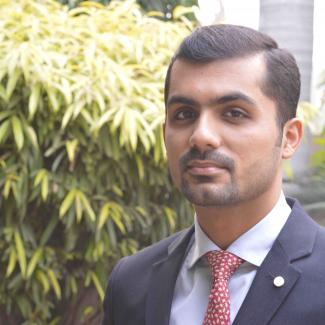Who is polluting and how to help them not pollute?
This study focuses on Lahore’s steel re-rolling factories to tackle the district’s air pollution crisis and understand the determinants of industrial emissions.
Pakistan ranks 4th globally for its polluted air; within the country, Lahore is the most polluted region, where an average Lahori is losing 5.3 life years from air pollution (Fan & Greenstone, 2022). According to FAO (2018), industrial emissions are nearly a quarter of the problem. Steel is one of the most-polluting and least-compliant industrial sectors in Lahore, where re-rolling factories make an ideal candidate for intervention as they are high in number, use non-electric furnaces that extensively rely on dirty fuels, have suboptimal furnace designs with high fugitive emissions, and rank low on control technology adoption. This study focuses on Lahore’s steel re-rolling factories to tackle the district’s air pollution crisis and understand the determinants of industrial emissions.
The study speaks to a policy issue that is central to Pakistan’s future growth trajectory, as it is aimed at improving industrial productivity and savings lives: why is pollution so high? Through a randomised controlled trial, we propose to test the importance to two prevailing regulatory hypotheses and their potential interaction. The first is that regulators are unable to reduce pollution because they do not know who is polluting. The second hypothesis is a lack of technical expertise that renders abatement uneconomical. If the interaction of these two forces is important, then it is the combination of encouragement from an empowered regulator, and knowledge of how to reduce pollution that is a potentially effective route to cleaner industry.



